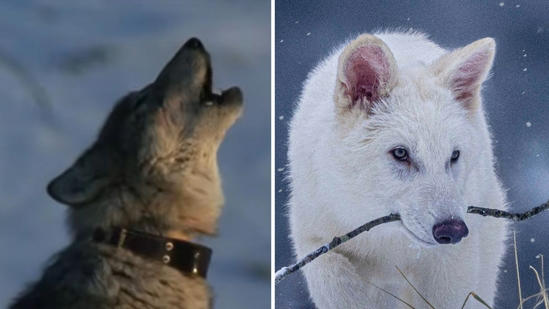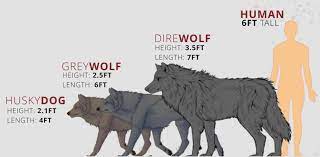
How Big Were Direwolves—and What Did They Really Look Like?
If you’ve ever watched Game of Thrones, you probably remember those giant, loyal, and fearsome creatures called direwolves. But here’s a fun fact Size and Physical Appearance of direwolves were real animals, not just fantasy.
So, what were they really like?
Were they actually that big?
And did they look anything like the ones we see on screen?
Let’s take a closer look at these legendary beasts—what they were, how big they got, and what made them so special.
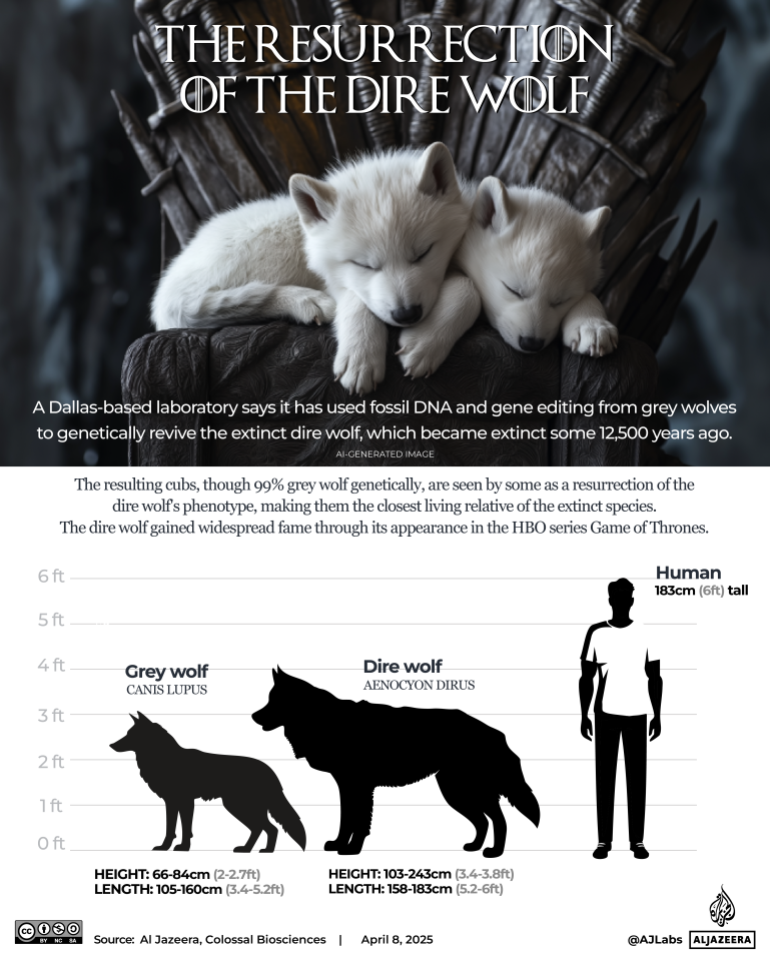
What Made Direwolves Different from Today’s Wolves?
Direwolves might sound like just a supersized wolf, but they were actually a completely separate species—not just a bigger version of the gray wolves we know today Size and Physical Appearance of Direwolves
They had:
- Stronger, heavier builds
- Bigger skulls and teeth
- A hunting style that was all about power over speed
In short, they were wolves turned up a notch—designed for a rougher, tougher world.

Just How Big Were Direwolves?
In one word: huge—at least compared to modern wolves.
- They stood about 38 inches (97 cm) tall at the shoulder
- Measured up to 5 feet (1.5 meters) in length
- Weighed between 130 and 150 pounds (some may have hit 175!)
That’s heavier and more muscular than most gray wolves today, which usually max out around 110 pounds. So no, they weren’t the size of a horse like in the movies—but they were definitely bulkier and more intimidating.
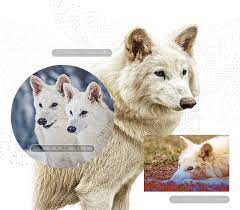
Were They Fast Runners or Built for Strength?
These weren’t the kind of predators that chased their prey over long distances.
Direwolves were built like tanks, not sports cars.
- Their bodies were solid and stocky
- They had thick necks, broad chests, and shorter legs
- Their jaws were incredibly strong—capable of crushing bone
So instead of sprinting after prey, they probably used teamwork and strength to take down big animals—like Ice Age bison or even young mammoths.
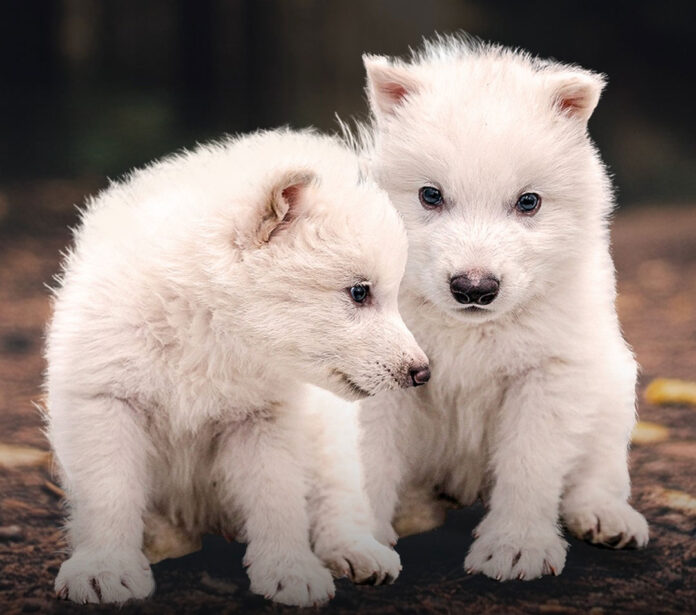
What Might They Have Looked Like?
Here’s where things get a bit tricky. Since we only have bones to go by, scientists have to make educated guesses about their appearance.
Most likely, direwolves had:
- Thick, dense fur to handle the cold
- Fur colors like gray, brown, or black—kind of like modern wolves
- Sharp eyes and ears tuned for hunting
They weren’t as monstrous as pop culture makes them out to be—but still, they looked fierce. Think of a bulkier, stronger, wilder-looking wolf, and you’re probably close.

Did Direwolves Hunt in Packs?
Yes—most likely. Like modern wolves, direwolves probably relied on pack behavior to survive.
Working together gave them a serious advantage. It meant they could:
- Bring down large prey
- Defend their kills from other predators
- Survive in tough, competitive environments
They weren’t just strong—they were smart, social hunters.
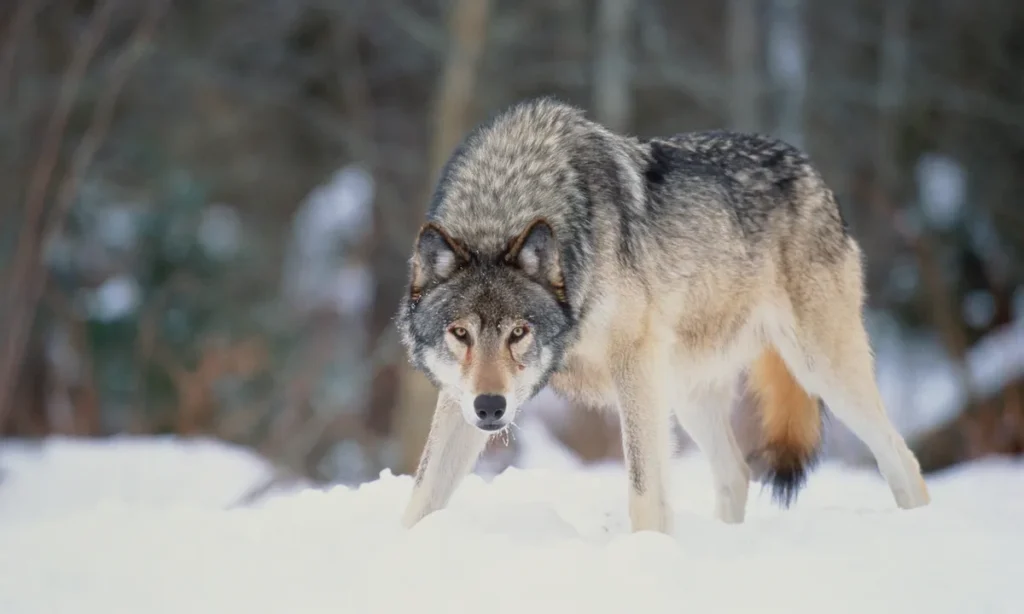
Why Did Direwolves Go Extinct?
Sadly, even apex predators don’t last forever.
Direwolves vanished around 9,500 years ago, and scientists think it happened due to a mix of things:
- The end of the Ice Age brought major climate shifts
- Many of their large prey animals went extinct
- They faced competition from gray wolves and early domestic dogs, who were more adaptable
Basically, the world changed—and direwolves just couldn’t keep up.
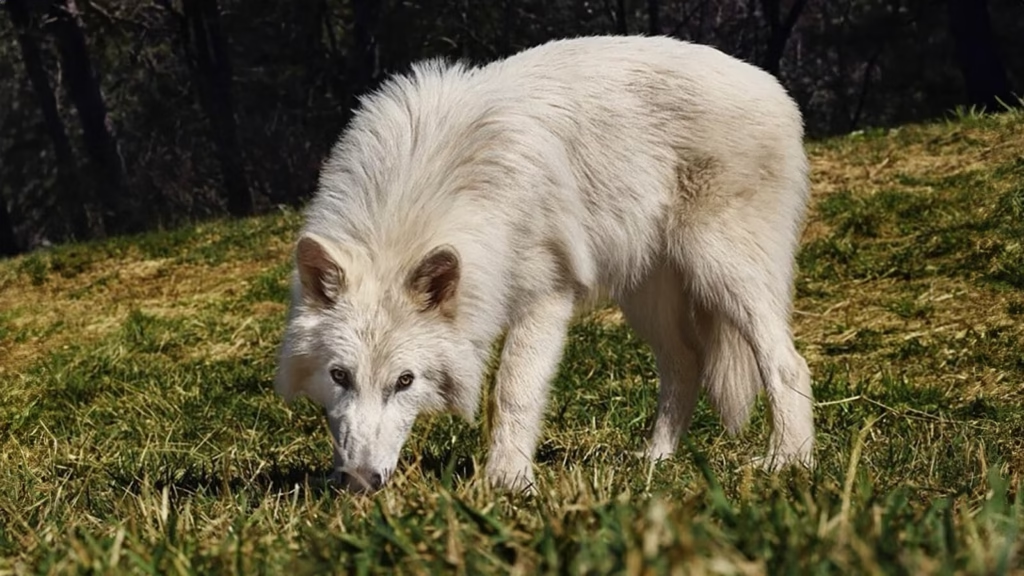
So… Where Are They Now?
In real life, direwolves are extinct.
But in stories, shows, games, and books—they’re still going strong.
Thanks to pop culture, they’ve become legends. But the truth is, even without the magic or exaggeration, direwolves were already pretty amazing. They were strong, social, and fearless hunters, perfectly suited for the Ice Age.
